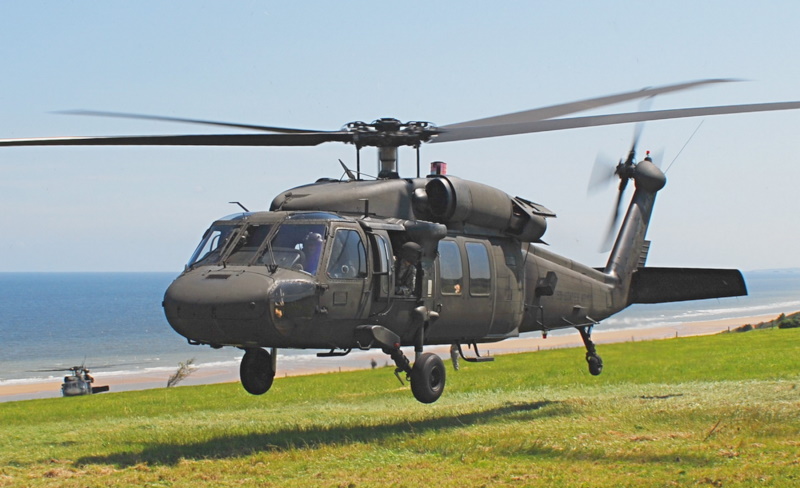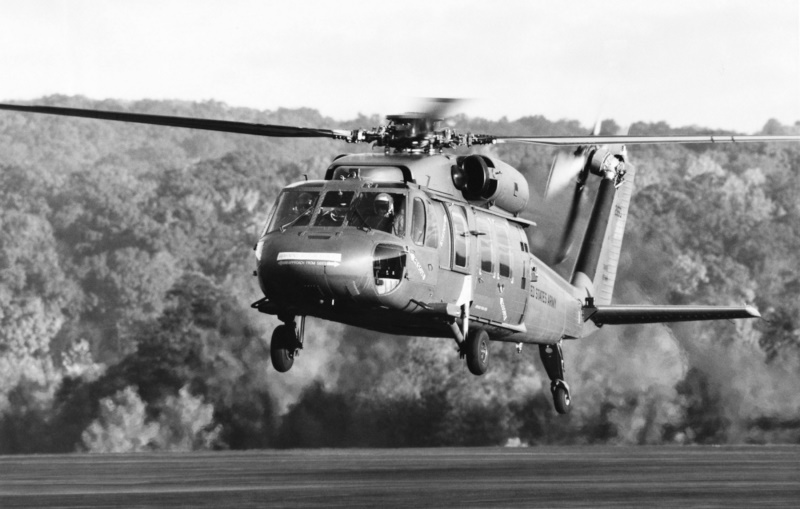How the Sikorsky S 70 Stands Apart in the Helicopter Market
High-Performance Multi-Role Rotorcraft Featuring Advanced Cabin Technologies and Integrated Sensing Unit Systems
The realm of rotorcraft technology has actually seen notable improvements in current times, especially in the world of high-performance multi-role rotorcraft geared up with innovative cabin technologies and perfectly integrated sensing unit systems. These technologies have not just augmented the functional abilities of rotorcraft however have actually likewise dramatically influenced contemporary aeronautics operations on different fronts. From boosted objective adaptability to boosted operational performance, the convergence of sophisticated cockpit technologies and incorporated sensor systems has ushered in a brand-new age of possibilities for rotorcraft applications. In the following discussion, we will certainly check out the evolution of rotorcraft innovation, explore the world of advanced cockpit advancements, and analyze the effects of integrated sensor systems on the functional adaptability and efficiency of modern-day rotorcraft.
Advancement of Rotorcraft Modern Technology
The advancement of rotorcraft technology has been marked by considerable improvements in aerodynamics, materials, and propulsion systems, shaping the capabilities and performance of modern-day rotorcraft. Furthermore, improvements in propulsion systems, including extra powerful engines and cutting-edge propulsion modern technologies, have actually enabled rotorcraft to accomplish higher elevations, faster rates, and better payloads.
These innovations have not just transformed the abilities of rotorcraft however have also broadened their applications throughout various industries, including army, commercial, and emergency services. The continuous development of rotorcraft modern technology remains to drive development in the area, pushing the limits of what is feasible and forming the future of upright trip.
Advanced Cockpit Innovations
Building upon the fundamental innovations in the rules of aerodynamics, materials, and propulsion systems, the world of rotorcraft innovation currently moves emphasis towards pioneering Advanced Cockpit Innovations. The assimilation of innovative innovations within the cabin atmosphere plays an essential duty in boosting the functional abilities, security, and efficiency of modern rotorcraft. sikorsky s 70. Advanced Cabin Innovations include a wide variety of features developed to provide pilots with improved situational recognition, streamlined information monitoring, and intuitive control user interfaces
One of the crucial advancements in cabin design is the application of glass cabins, which replace conventional analog determines with high-resolution display screens. These electronic systems supply customizable designs, real-time data assimilation, and improved readability, allowing pilots to gain access to critical details at a look. Additionally, advanced avionics systems, such as fly-by-wire controls and augmented fact displays, are revolutionizing how pilots engage with the aircraft, enabling accurate control and improved decision-making capabilities.


Incorporating innovative cockpit advancements not just improves pilot performance however likewise contributes to total objective performance and safety in complicated operational atmospheres. By leveraging state-of-the-art technologies within the cabin, rotorcraft producers are setting brand-new criteria for functional excellence and mission success.
Integrated Sensor Systems
With the advancement of rotorcraft technology, the assimilation of innovative Integrated Sensing unit Systems has actually become extremely important in boosting operational performance and safety. These Integrated Sensor Equipments incorporate a large array of innovations that supply essential information for various see it here functions such as navigating, security, targeting, and ecological tracking. By flawlessly incorporating sensing units like radars, electronic cameras, lidar, and infrared systems into rotorcraft, operators can gain from boosted situational recognition, enhanced mission capabilities, and reduced pilot work.
One secret advantage of Integrated Sensing unit Equipments is their capacity to gather real-time data and give actionable understandings to pilots and objective drivers. Advanced radar systems can identify and track targets over long ranges, allowing for very early hazard detection and reliable feedback preparation. Furthermore, incorporating infrared and electro-optical electronic cameras enables rotorcraft to conduct reconnaissance and surveillance missions with precision and accuracy.
In significance, the integration of innovative sensing unit modern technologies into rotorcraft not only improves functional performance but also adds dramatically to overall mission success and crew security. As rotorcraft continue to develop, the role of Integrated Sensing unit Solution will certainly stay at the leading edge of development in the aerospace market.
Functional Adaptability and Effectiveness
Enhancing operational versatility and efficiency in rotorcraft is a natural development from the combination of sophisticated Integrated Sensor Solutions. By leveraging the understandings and information given by these sophisticated sensor systems, rotorcraft can optimize their efficiency across various goals and settings.
Functional adaptability encompasses the capacity of rotorcraft to More hints adjust to different roles and circumstances efficiently. With sophisticated cockpit technologies and incorporated sensor systems, rotorcraft can effortlessly shift between jobs such as search and rescue, medical evacuation, surveillance, and extra. This adaptability enhances the rotorcraft's capacity to meet varied operational demands without requiring substantial reconfiguration.
Effectiveness in rotorcraft operations is vital for maximizing goal efficiency and source utilization. Integrated sensor systems play an essential role in enhancing operational performance by giving real-time data on climate conditions, terrain mapping, target tracking, and extra. This data allows pilots to make enlightened decisions quickly, optimize trip courses, conserve gas, and boost overall mission efficiency.
Effect On Modern Air Travel Workflow

In addition, the combination of advanced sensors assists in boosted goal planning and implementation, enabling rotorcraft to perform a wide variety of tasks with enhanced accuracy. From search and rescue operations to airborne firefighting and police goals, the capabilities of modern rotorcraft furnished with advanced cockpit modern technologies and integrated sensing unit systems are unmatched.
Furthermore, the influence of these advancements prolongs beyond operational effectiveness to cost-effectiveness and other sustainability. By maximizing flight courses, fuel usage, and upkeep timetables, high-performance rotorcraft equipped with innovative cabin technologies and sensors add to lowering functional costs and ecological impact, making them crucial assets in modern-day aeronautics operations.
Conclusion
Finally, the high-performance multi-role rotorcraft with sophisticated cabin technologies and integrated sensor systems represents a considerable advancement in aeronautics modern technology. These technologies enhance functional adaptability and performance, inevitably influencing contemporary aviation operations in a positive means. The combination of these innovative modern technologies permits boosted abilities and efficiency in numerous goal circumstances, showcasing the proceeded advancement of rotorcraft innovation in the air travel industry.
The world of rotorcraft modern technology has seen remarkable developments in recent times, particularly in the realm of high-performance multi-role rotorcraft equipped with advanced cabin modern technologies and effortlessly incorporated sensor systems. From improved mission convenience to boosted functional effectiveness, the convergence of advanced cabin innovations and incorporated sensor systems has actually ushered in a new era of possibilities for rotorcraft applications. In the complying with discussion, we will explore the development of rotorcraft modern technology, dive into the realm of sophisticated cockpit innovations, and check out the ramifications of incorporated sensing unit systems on the operational convenience and effectiveness of modern-day rotorcraft.
